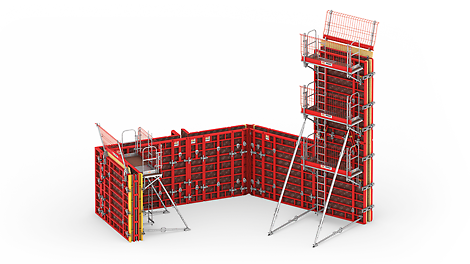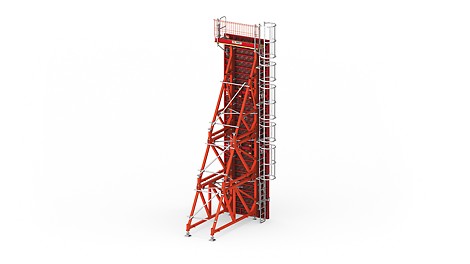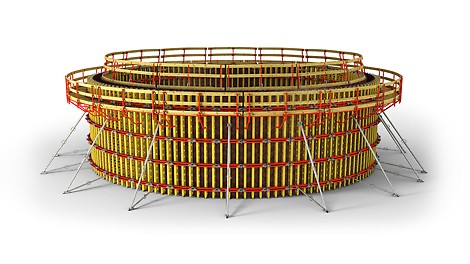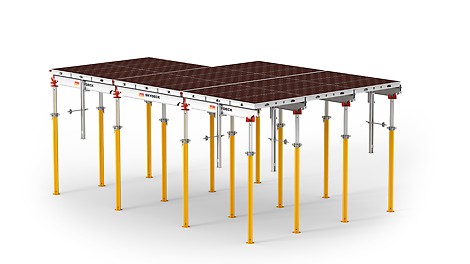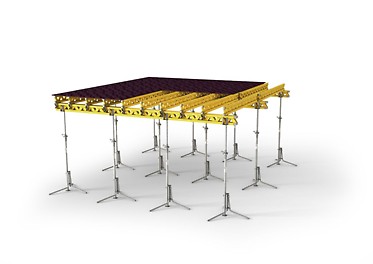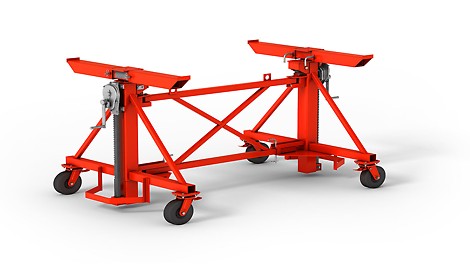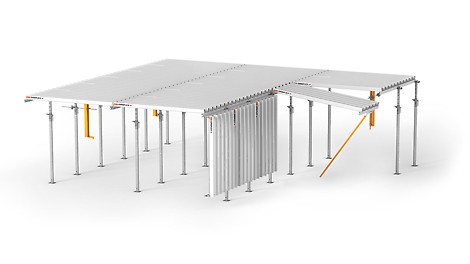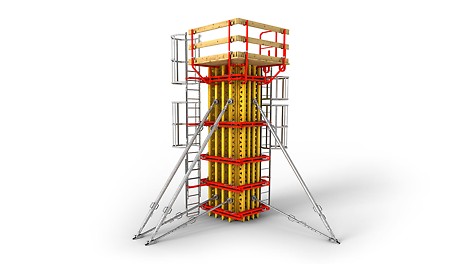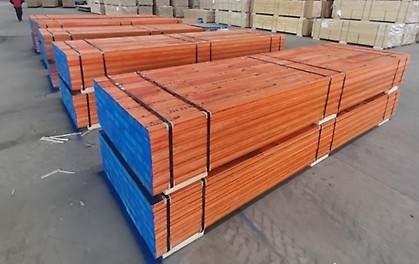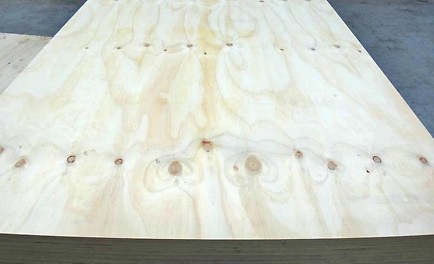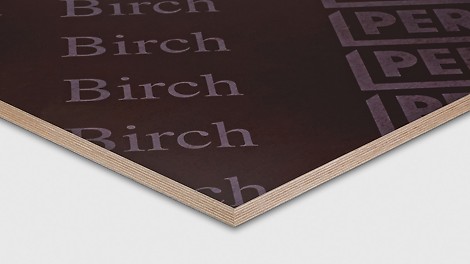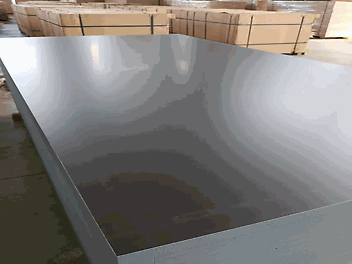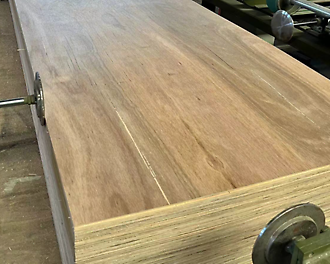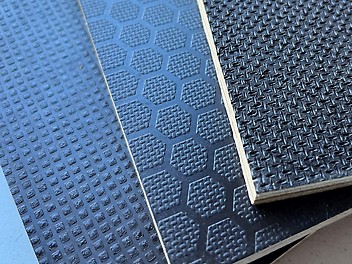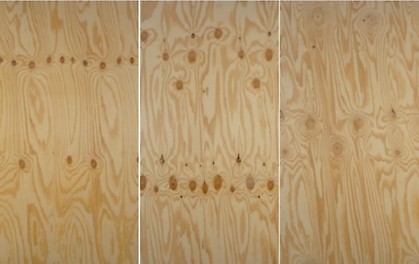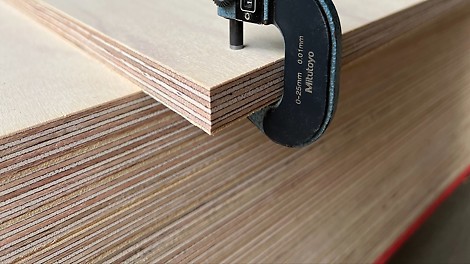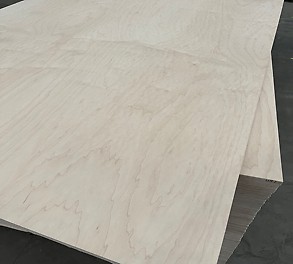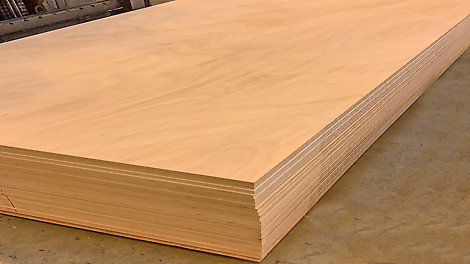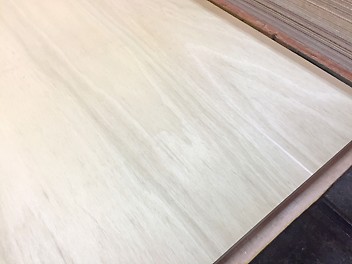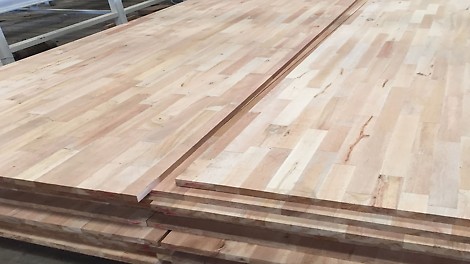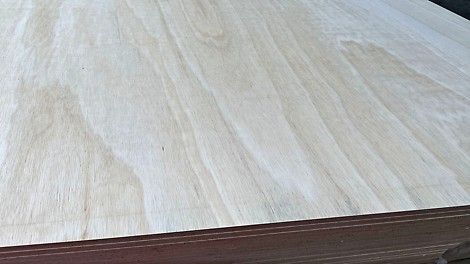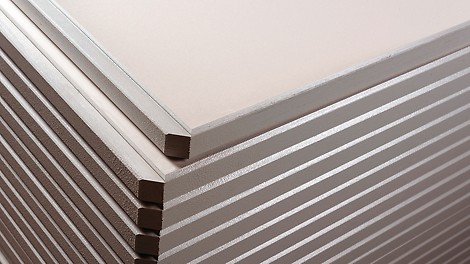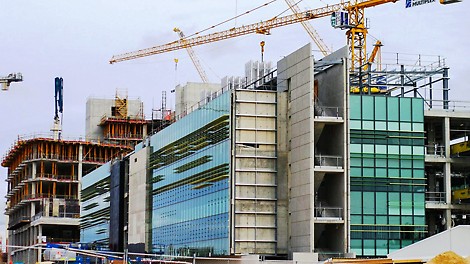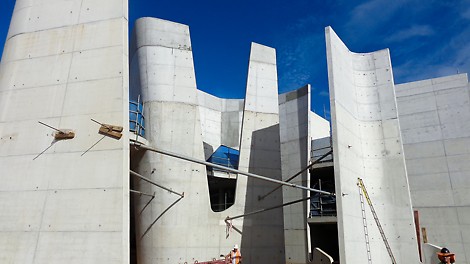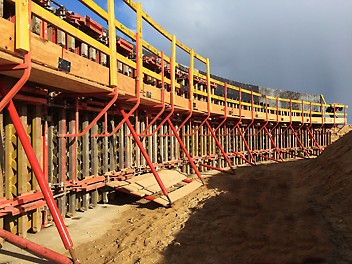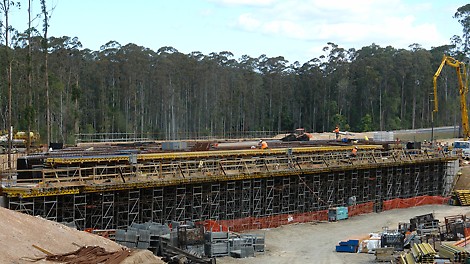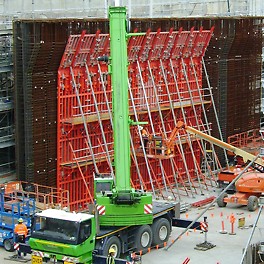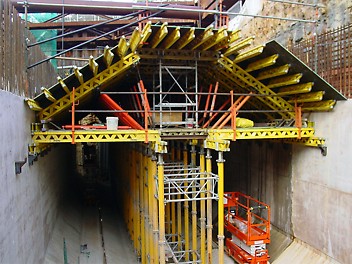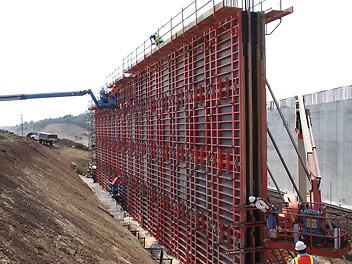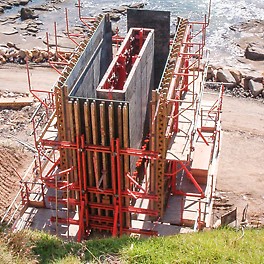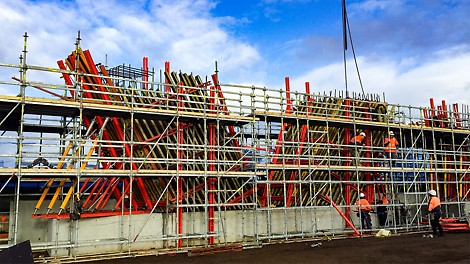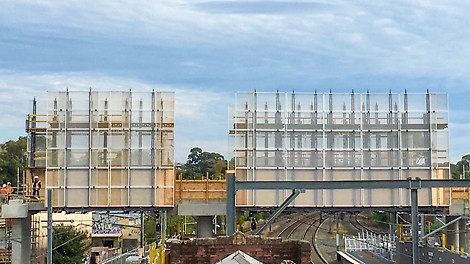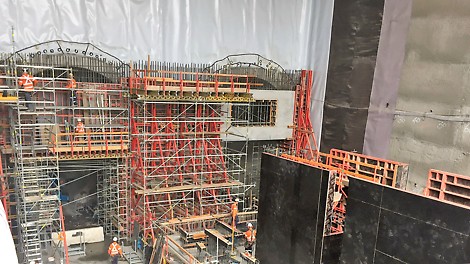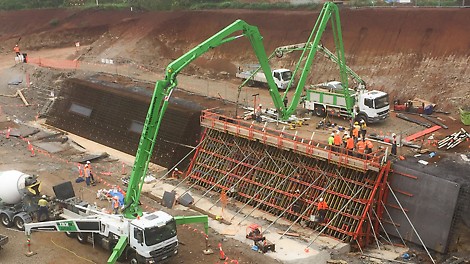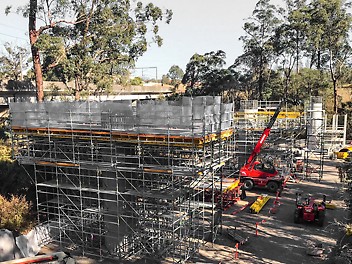
Helping you deliver outstanding architectural concrete
Whilst the structural properties of concrete are largely measurable, the aesthetic qualities can be more subjective. Though scales and measures for overall finish quality exist, colour, tie-patterns, smoothness and pattern marks are more open to interpretation.
For this reason there are two key aspects to consider when planning your exposed concrete project. The first is open communication between all parties, something that we can promise to be an open partner during the design, specification and construction process. Establishing the specifications and desired aesthetics from the outset, and communicating between all stakeholders as to how these will be achieved, are a key step in reaching the best finish.
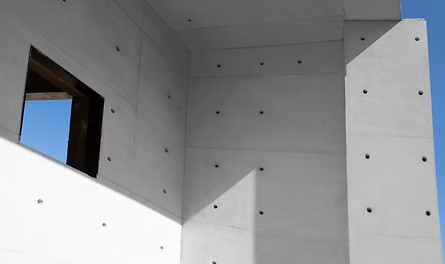
Secondly, expertise in terms of formwork, formlining (such as plywood or composite panels) tie placement and tie-sealing technology, as well as release agent, are all crucial to achieve the right outcome. We have decades of experience in this regard, from small projects with an exposed retaining wall, to award-winning architerctural masterpieces where the exposed concrete forms a substantial aspect of the building's aesthetic.
The most important step is at the beginning of the project with the clarification of the feasible surface quality within the parameters of the structural requirements. Here, we can help with testing and trials of different systems to find the best solution using our engineering knowledge and experience from numerous international exposed concrete projects.
The key aspects of architectural concrete
Architectural concrete, also referred to sometimes as decorative concrete, or fair-faced concrete, can be specified in a large range of finishes, patterns and colours. Once the architect has communicated and specified an idea around the appearence of the finished product, we can help you understand how this can be achieved on the jobsite. With the many pressures on a modern construction site, including quality of finish, cost control, labour availability and skills - we understand the more support we can provide you during the in-situ concrete works, the more time you have to focus on other challenges.
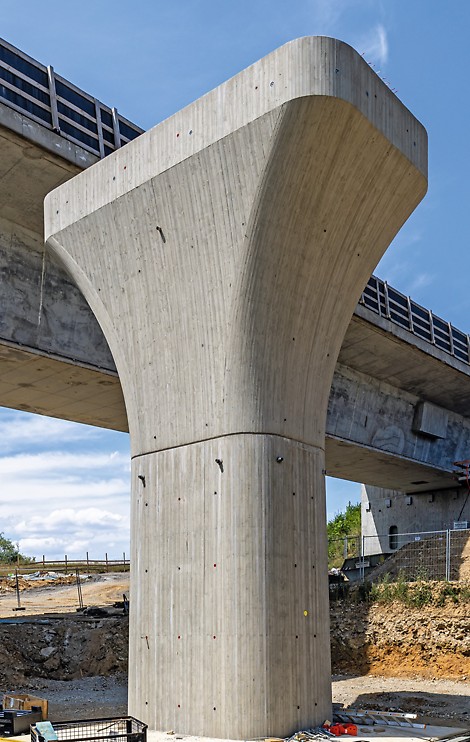
When producing architectural, or exposed concrete surfaces, it is important to note that there are always some limitations to the final product which are technically impossible to achieve, including:
- a completely uniform color tone
- a pore-free viewing surface
- a completely uniform pore structure
With exposed concrete surfaces, the overall impression must always be assessed. To do this, a distance must be set that allows the building to be visually captured in its essential parts. At the same time, the general lighting conditions and the age of the concrete must also be taken into account for acceptance.
Concrete technology and the on-site process
Through the development of highly complex concrete admixtures, the performance of modern concrete has been significantly improved in terms of its load-bearing capacity and durability. However, the achieved surface quality of the exposed concrete remains extremely dependent on timely deployment and cycle planning and the professionalism of the construction site team in forming, reinforcing, concreting, compacting, stripping and post-treatment. But weather conditions also have a profound effect on the quality of the concrete. Factors such as radiation, temperature, air pressure, rain, wind and moisture influence not only the fresh concrete but also the hardened concrete. Temperature fluctuations in particular have a critical effect on the exposed concrete. Surfaces created under cold, damp weather conditions are darker and more irregular in color than exposed concrete components created in warm, dry weather periods. Therefore, preparatory measures that reduce the risk of “building in the open air” limit, an important planning parameter.
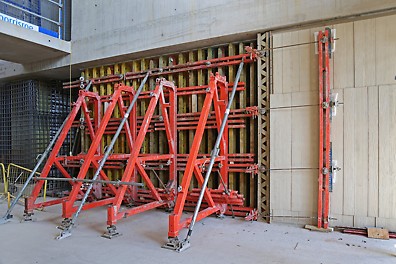
Concreting or pouring and vibrating openings must be arranged evenly and sufficiently dimensioned when installing or laying the reinforcement. During processing, concrete with a soft consistency and little vibration energy should be installed. Concreting at high temperatures should be avoided; In winter, warm air must be supplied. Exposed concrete should be quickly removed and ventilated. It is important not to fill the concrete over the entire height of the formwork, but to introduce it into the formwork using hoses or pipes. In this way, the height of the fall is kept as low as possible. During post-treatment, measures that come into contact with the component must be avoided at all costs.
Formlining and release agents
The formlining with its texture, material quality and degree of water absorption directly influences the quality of the concrete surface.
The concrete surface, as a direct reflection of the formlining, not only takes on its manufacturing-related texture but also any surface defects such as chips, dents, scratches and nail holes. A basic distinction is made between absorbent formlining (rough-sawn, planed or slightly absorbent board formwork) and non-absorbent formlining (smooth board formwork and plastic formwork).
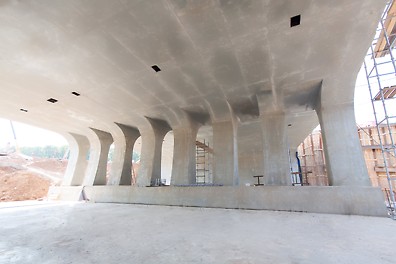
With absorbent formwork, the concrete surface is darker and has fewer pores than with non-absorbent formlining. Depending on the texture, pores, voids and color differences are less noticeable.
Non-absorbent formlining creates lighter, almost smooth concrete surfaces. However, pores, voids, color differences, marbling and cloud formation are more noticeable.
The release agent also affects the surface - through the flawless molding of the formwork surface and an optimal release of the formwork from the concrete. Its selection, dosage and method of application determine how uniform the concrete surface appears in terms of texture, color and porosity. At the same time, the adhesion of paints, plasters, adhesives, etc. must not be impaired. This tool is therefore also an essential part of the testing and performance description of the formwork.
The right formwork systems for your project
In addition to the definition of the formlining, it is also important to clearly understand the structure/layout of the visible areas in a formwork sample plan. This plan must specify the design requirements such as:
- the size and structure of the formwork elements
- the formwork pieces according to arrangement and tightness
- the type of joints and their arrangement
- also the edge design and the anchor holes according to type, position and closure.
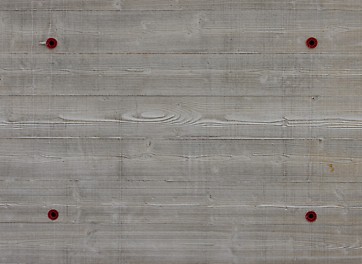
The formwork elements must be stable, sufficiently rigid and tight across the entire surface and edge areas. On the one hand, to transfer the fresh concrete loads; on the other hand, to achieve a high level of dimensional accuracy, freedom from deformation and a homogeneous material structure for all concrete components. The formwork must be erected safely, be stable, sealed everywhere, carefully tensioned secured and aligned. Care must also be taken to ensure clean sealing of formwork anchors and clamping sleeves.
In modern concrete construction, system formwork is used or formwork that predominantly consists of system parts. Conventional formwork and special, bespoke forms are only used for special formwork tasks. The formwork systems are divided into frame formwork and beam formwork according to their main design differences. These two categories in turn are divided into wall, ceiling and column formwork according to their application.
Overview of PERI formwork technology
PERI project examples
Exposed concrete has undergone a remarkable change over the past 60 years.
For the first 30 to 40 years, exposed concrete was often not carefully planned and considered over the long-term, resulting in sometimes dreary, unappealing and low-quality façades and appearences in large-scale buildings and infrastructure.
However in the last 20 years, its enormous design potential has become visible with exposed concrete architecture winning awards on different types of projects all around the world.
For us too, exposed concrete is the premier discipline in concrete construction. Because it is the acid test of what can happen in today's construction when everyone involved in the project sees themselves as common advocates for high-quality architecture. We find it all the more important that our technology and engineering is chosen for a large number of international exposed concrete buildings: in building and cultural construction as well as in traffic infrastructure.
